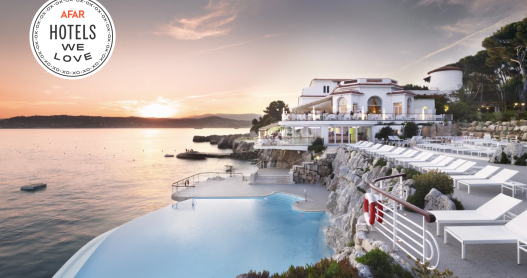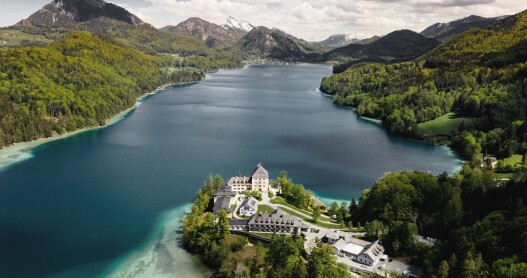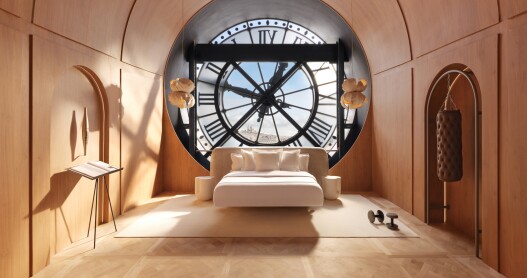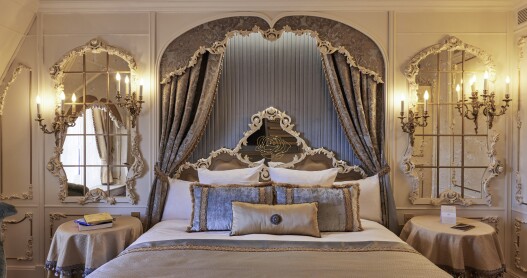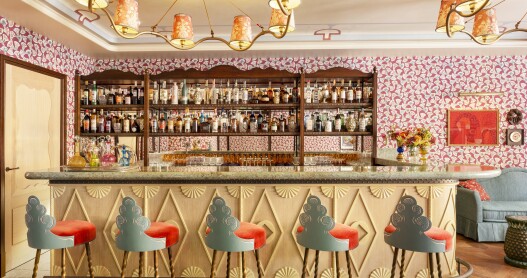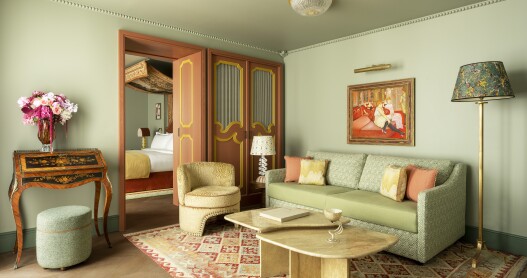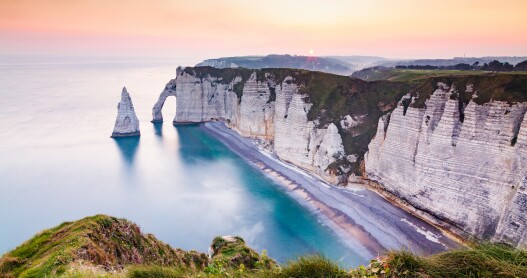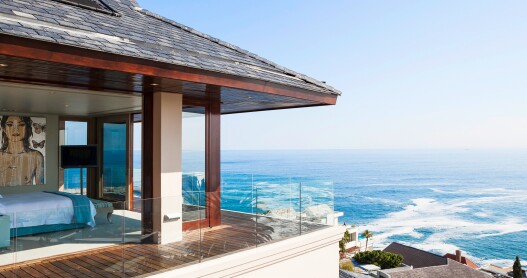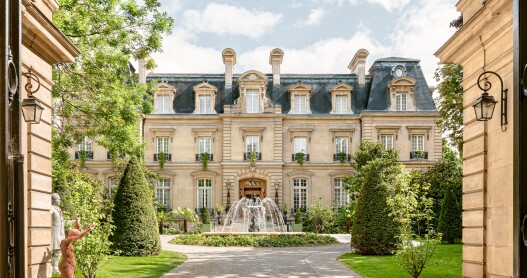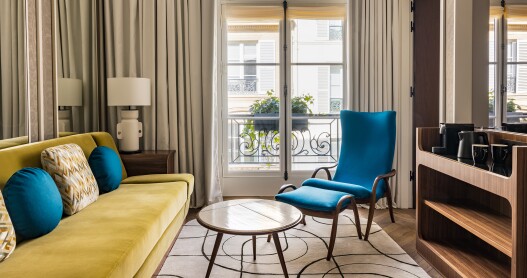Overview
When’s the best time to go to France?
France is definitely a country for all seasons. There’s no question, however, that April and May are loveliest, especially in the villages of Provence and the Mediterranean, which can be scorching in high season. In summer, the French vacate Paris en masse and festivals abound, from theater in Avignon to opera in Aix. Come fall, everyone heads back to the cities and savvy visitors have the tiny villages and tourist hot spots all to themselves. With the exception of airfare, prices do not fluctuate much from town to town, season to season, but the crowds do—another good reason to go in the off-months.
How to get around France
Paris has two major commercial airports, Charles de Gaulle (where most flights arrive) and Orly. The country’s other international airports are located in Marseille, Lille, Bordeaux, and Lyon. From the international airports, you can easily fly to most places in France via budget airlines like EasyJet, Ryanair, and Transavia.
You could also travel by train. Right from the airport in Paris, you can hop on a TGV (fast train) to dozens of major cities, including Aix-en-Provence, Avignon, Bordeaux, Marseille, Strasbourg, and Toulouse. In the city of Paris, six major train stations serve the entire country with fast, easy, and economical connections to pretty much anywhere you want to go, including points throughout Europe. Prices are cheaper the further in advance you book.
In Paris, Lyon, and Marseille, visitors will find clean, safe, and cheap metro and bus systems. Several of France’s other big cities, like Lille and Toulouse, also offer metros, and most have fast, efficient tramways. For touring smaller towns and villages, a rental car is the way to go—arrange for one before you travel and pick it up at the airport or train station in any major city or town. France has very well-marked roads and accepts both U.S. and international driver’s licenses.
Food and drink to try in France
France is the ultimate destination for food lovers, but you don’t have to be a gastronome to appreciate the country’s diverse culinary scene. In Paris, you’ll find pretty much everything the country has to offer, from haute cuisine to traditional brasseries and tiny bars touting natural wines. Smaller cities are more regional—Provence is known for sunny Mediterranean dishes like bouillabaisse, ratatouille, and tapenade; Brittany and Normandy are famous for lamb, cider, crêpes, and oysters; and Perigord and Dordogne are the places to go for foie gras, wild mushrooms, and every kind of cheese imaginable. The croissant—while most plentiful and so very good in Paris—can be found countrywide.
Paris is ground zero for the country’s drinks scene, though wine and cocktail bars are all the rage and you’ll find them just about everywhere in France. The capital city is also the center of the coffee renaissance, but good cafés have quickly spread to other major cities.
When traveling in France, be mindful that restaurants keep strict hours, almost uniformly from noon to 2 p.m. for lunch and 7 p.m. to 11 p.m. for dinner. Brasseries are the exception—they stay open all day, making them perfect for families. Bars keep slightly longer hours, though for true late-night revelry, you’ll need to find a nightclub.
Culture in France
It’s hard to find a city in France that doesn’t have a museum, historic site, or other cultural attraction; even the smallest towns have something enriching. You could spend years exploring Paris’s legendary arts scene—the city has nearly 100 museums, plus countless theaters, cinemas, opera houses, and monuments—or traveling to places like Honfleur, Rouen, and Provence, which inspired artists such as Monet, Picasso, Cézanne, and Van Gogh. Cities like Nîmes, Marseille, and Lyon offer fascinating vestiges of Roman France, while the extraordinary caves of Lascaux and Chauvet take visitors back 40,000 years.
Festivals abound in France, so it’s a good idea to check what’s on before you go. Some of the more famous events, besides the Cannes Film Festival in May, include the Aix Opera Festival and the Avignon Theater Festival (which, together with its alternative Off Festival, offers more than 500 performances each day). In Paris, visitors can plan around the FIAC and Art Paris fairs for contemporary art, as well as the wonderful Festival d’Automne for the performing arts every October through December. Smaller festivals, including the Menton Lemon Festival and Carnival in Nice, provide an excellent introduction to local life.
Can’t miss things to do in France
There’s no better place to start your visit than Paris. From there, France is your oyster, since the superb rail system makes it simple to reach the rest of the country. Foodies will appreciate France’s historic culinary capital, Lyon, as well as the scenic wine trails through Bordeaux, Champagne, Burgundy, and Provence, while hikers and bikers will love château-hopping in the Loire, sightseeing along the wild Brittany coastline, and exploring the wildflower-strewn trails of the Alps. Snow bunnies can soar down Mont Blanc, summer-ski in Megève, or experience the luxurious après-ski scene in Courchevel, and culture vultures will find sustenance everywhere, from Paris to Provence and beyond.
Practical Information
Travelers from the U.S. do not need a visa to enter France. They will, however, need a passport that is valid at least three months beyond the return date on their airline ticket. The currency in France, like the rest of the E.U., is the euro. Though you can order euros from your bank in advance, there really is no need, as ATM machines abound and typically offer the best exchange rates. While the language is French, many people—especially in Paris—speak at least some English. The voltage is 220 and the plug type is C (two round pins), so if you’re traveling from the U.S., be sure to bring an adapter for electronics and a converter for heated appliances.




















